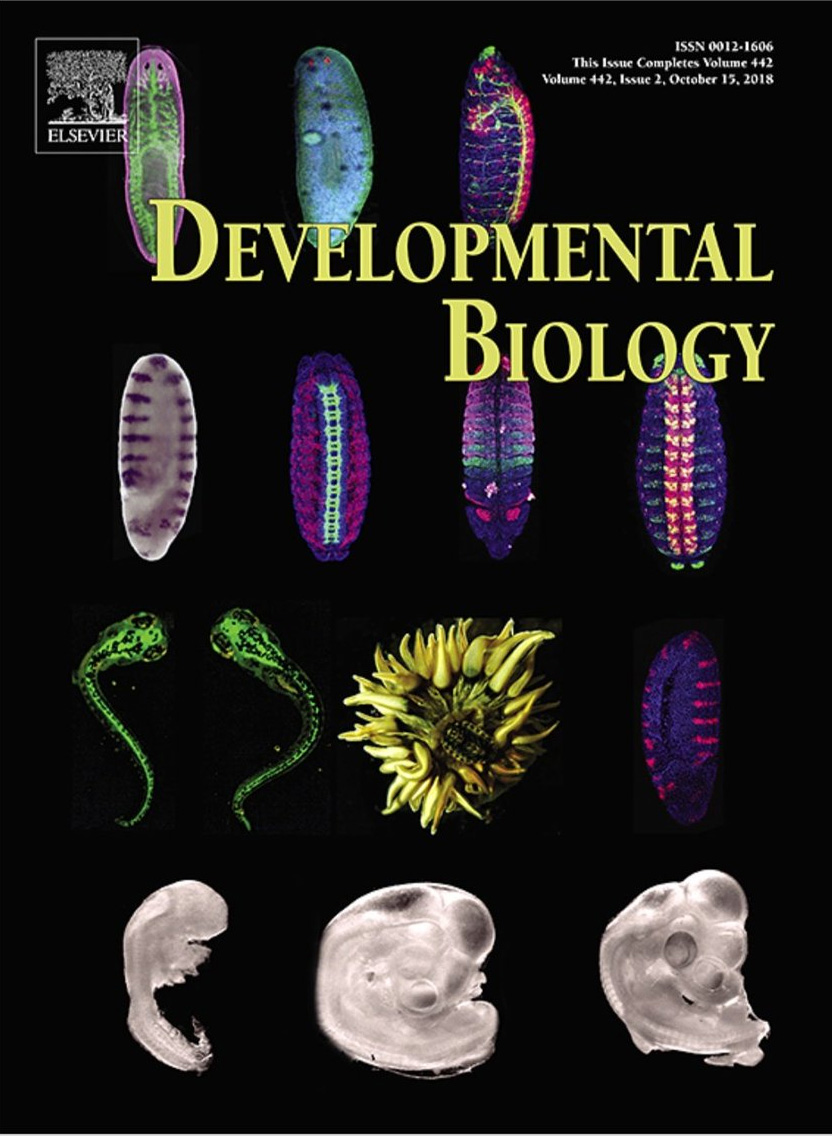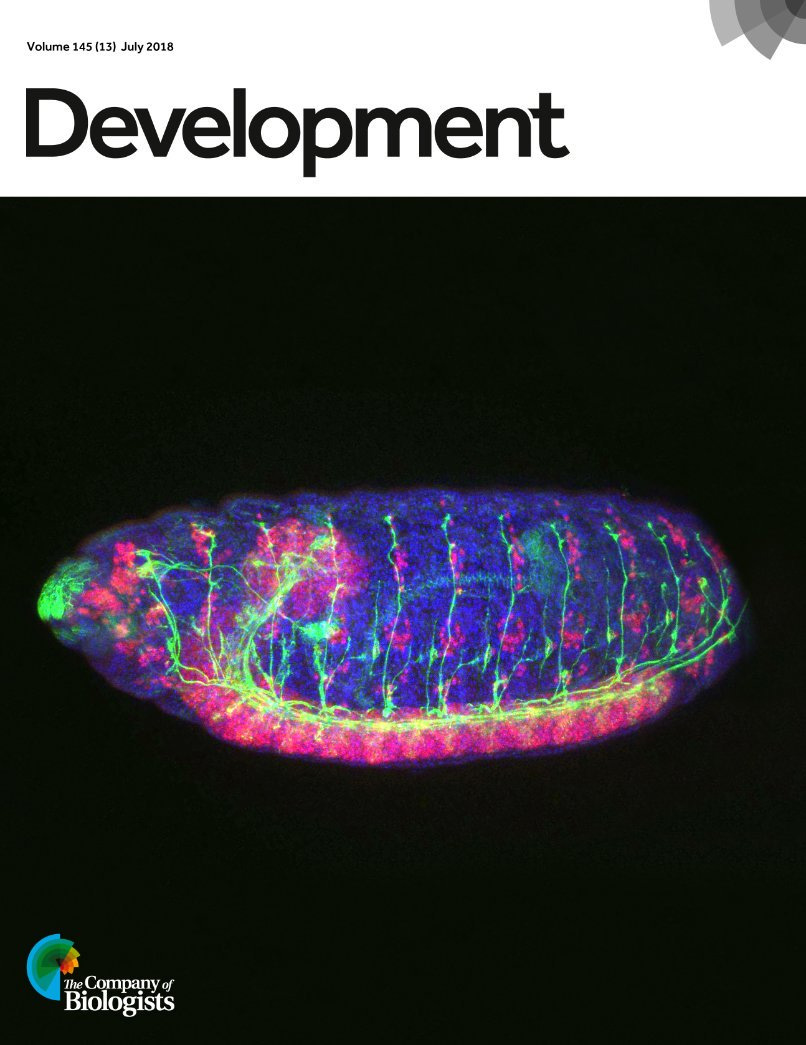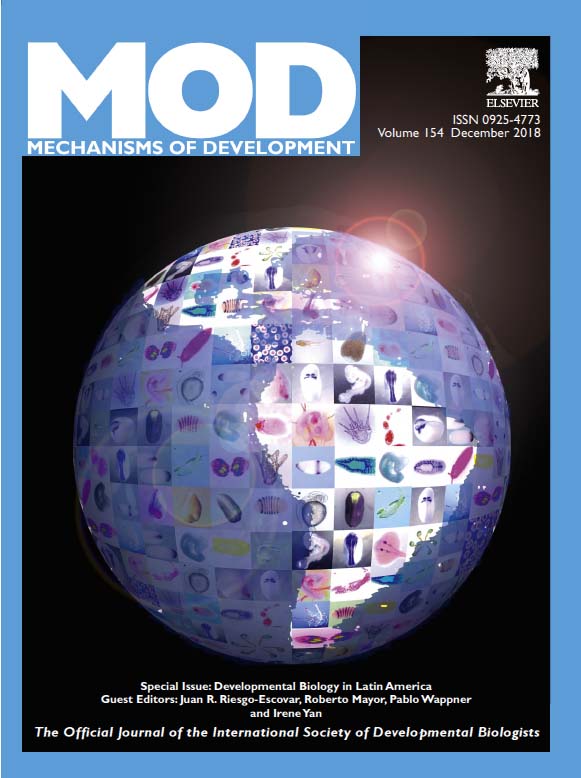Course 2012
All the Faculty members will actively participate in the practical course. To facilitate the organization of the different animal modules a Laboratory Coordinator has been named for each organisms (indicated with an asterisk)
 Eric Wieschaus (Princeton University) [Drosophila]
Eric Wieschaus (Princeton University) [Drosophila]
Much of his research has focused on embryogenesis in the fruit fly Drosophila melanogaster, specifically in the patterning that occurs in the early Drosophila embryo. In 1995, he was awarded the Nobel Prize in Physiology or Medicine with Edward B. Lewis and Christiane Nüsslein-Volhard as co-recipients, for their work revealing the genetic control of embryonic development.
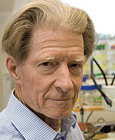 John Gurdon (Gurdon Institute, UK) [Xenopus]
John Gurdon (Gurdon Institute, UK) [Xenopus]
He has done seminal contributions to development biology and in recent years his research has focused on the molecular aspects of somatic cell nuclear transfer to eggs and oocytes. He aims to identify the components of amphibian eggs and oocytes that can reprogram the nuclei of differentiated cells so that embryonic genes are re-expressed; and he wishes to understand what components of specialised cell nuclei resist the reprogramming factors of eggs and oocytes.
Gurdon has spent much of his research career in Cambridge, UK. In 1989, he was a founding member of the Wellcome/CRC Institute for Cell Biology and Cancer (later renamed the Gurdon Institute in his honour ). He is Chairman of the Company of Biologists. Gurdon was made a Fellow of the Royal Society in 1971, and was knighted in 1995. He has generic cialis 2.5 mg been awarded the 2009 Albert Lasker Basic Medical Research award.
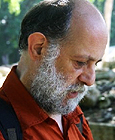 Claudio Stern (University College London, UK) [Chick]
Claudio Stern (University College London, UK) [Chick]
The research in his laboratory focuses on the processes that establish cell diversity and pattern in the early embryo. He is interested in the questions: how do cells in the embryo know what fates to adopt, at the right positions and at the right time? What mechanisms ensure that the correct proportions of cells are allocated to different organs?
He received his BSc in Biological Sciences and a PhD in Developmental Biology from the University of Sussex. He worked at University of Oxford for almost 10 years and then he was appointed Chair of the Department of Genetics and Development at Columbia University in New York, returning to the UK in 2001 to become the Head of the Department of Anatomy and Developmental Biology at University College London. He is a member of EMBO and Fellow of the Academy of Medical Sciences and Royal Society. He was awarded the Waddington Medal by the British Society for Developmental Biology.
 Alejandro Sanchez-Alvarado (Stower Institute for Medical Research, USA) [planarian*]
Alejandro Sanchez-Alvarado (Stower Institute for Medical Research, USA) [planarian*]
He has established a powerful new model system to study the molecular mechanics of regeneration, using the freshwater flatworm Schmidtea mediterranea. Sánchez Alvarado’s lab has developed the molecular tools needed to reveal how regeneration works in this flatworm.
From Venezuela he arrived at Vanderbilt University, where he succeeded as an undergraduate. He has worked at Carnegie Institution of Washington, Dept. of Embryology and at the Stower Institute for Medical Research, USA. He has recently moved to the Stower Institute for Medical Research, where he is currently an Investigator of the Howard Hughes Medical Institute.
 Claudia Linker (King’s College London, UK) [zebrafish and chick*]
Claudia Linker (King’s College London, UK) [zebrafish and chick*]
The primary aim of her research is to elucidate the mechanisms that underlie the migration and differentiation of Neural Crest cells. She has a vast experience in chick, Xenopus and zebrafish developent. Recently she developed a new transgenic line, the Mosaic Analysis system in Zebrafish (MAZe), that allows to follow in live embryos single cells, fluorescently marked and genetically altered.
She is Group leader at the Randall Division of Cell and Molecular Biophysics, King’s College London. She did her Ph.D. in the Laboratoire de Génétique et Physiologie du Développement de Marseille, IBDM, Université de la Méditerranée Aix-Marseille II. Marseille, France and has been postdoctoral fellow at University College London and the London Research Institute, Cancer Research UK. He has been recipent of the Bohering Fund and EMBP fellowships.
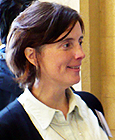 Kathleen Whitlock (U. Valparaiso, Chile) [zebrafish*]
Kathleen Whitlock (U. Valparaiso, Chile) [zebrafish*]
Her work is focused on the development of the olfactory system. Among vertebrate sensory systems the olfactory organ is unique; it gives rise to not only the regenerating class of sensory neurons, the primary olfactory sensory neurons, but is also thought to give rise to a population of neuroendocrine cells that migrate into the central nervous system.
She received her Ph.D. in Zoology from University of Washington USA and was an investigator at Cornell University. She recently moved to the Centro de Neurociencia, Facultad de Ciencias, Universidad de Valparaíso, where she is member of the Millennium center “Centro Milenio Genómica de la Célula”. She has a vast experience in zebrafish development.
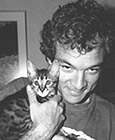 John Ewer (U. Valparaiso, Chile) [Drosophila*]
John Ewer (U. Valparaiso, Chile) [Drosophila*]
His laboratory uses molecular and genetic approaches to study the regulation of behavior and physiology by neuropeptides using the fruit fly, Drosophila melanogaster. Insect growth and development occurs through multiple stages. At the end of each stage insects molt to produce a new cuticle for the next stage.
During this process, the new cuticle develops beneath the old one, while much of the old cuticle is resorbed. The final, vital, step of this developmental process is ecdysis, the shedding of the remaining old cuticle. This behavior is of biological interest because its smooth execution is critical to the insect’s survival, and failures at ecdysis are rapidly and invariably fatal.
He got his Ph.D. from Brandeis University and worked at Cornell University. He moved to Universidad de Valparaiso, Chile in 2006, to be part of the Centro de Neurociencia de Valparaíso and the Centro Milenio Genómica de la Célula.
 Roberto Mayor (University College London, UK) [Xenopus*]
Roberto Mayor (University College London, UK) [Xenopus*]
The primary aim of his research group is to elucidate the mechanism that underlies the development of the Neural Crest. He would like to know how Neural Crest cells acquire their identity within the ectoderm and how their migration and differentiation is controlled. He study neural crest development in zebrafish and frog (Xenopus laevis) embryos as these two animal models offer several complementary advantages.
He is a Professor of Developmental and Cellular Neurobiology at University College London. He was named International Scholar of the Howard Hughes Medical Institute. He is a member of the editorial board of Development, Developmental Biology, Mechanisms of Development and Developmental Dynamics and Associate Editor of the International Journal of Developmental Biology and BMP Developmental Biology. He was founder and president of the Latin American Society of Developmental Biology (LASDB).
Organizers:
• Ariel Reyes, Universidad Andrés Bello
• Alfredo Molina, Universidad Andrés Bello
• Roberto Mayor, University College London
Gallery 2012

























